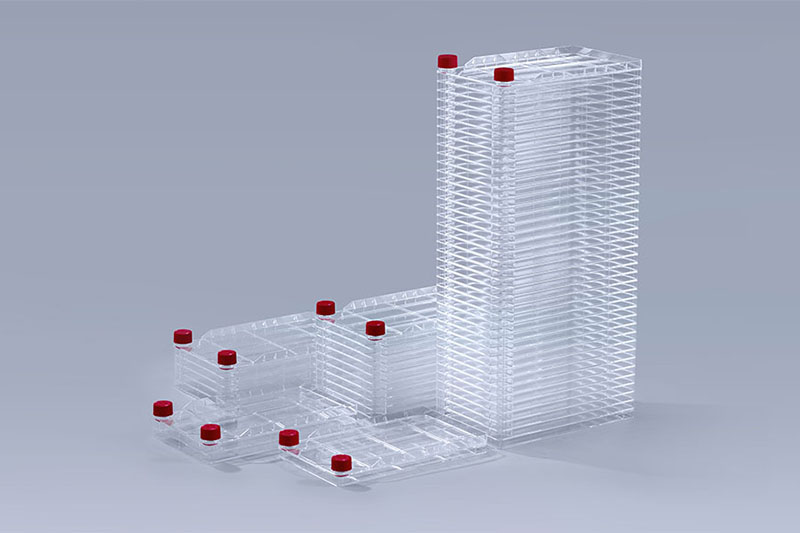The European Centre for Disease Prevention and Control (ECDC) and the European Medicines Agency (EMA) have issued a joint statement on adapted COVID-19 vaccines and considerations for their use during the upcoming autumn 2023 vaccination campaigns.
Currently authorised vaccines continue to be effective at preventing hospitalisation, severe disease and death due to COVID-19. However, protection against the virus declines over time as new SARS-CoV-2 variants emerge.
In line with the outcome of recent meetings of international regulators and the World Health Organization (WHO), EMA’s Emergency Task Force recommends updating vaccines to target XBB strains (a subgroup of Omicron), which have become dominant in Europe and other parts of the world.
EMA and ECDC also note that monovalent vaccines (vaccines targeting only one strain such as XBB.1.5) are a reasonable choice to provide protection against current dominant and emerging strains.
Proposed revision of product information
Marketing authorisation holders in the EU should discuss the revision of the product information for vaccines with EMA’s human medicines committee (CHMP), to reflect the proposed simplified approach, as follows:
For individuals above 5 years of age, when vaccination is recommended according to national guidelines, a single dose of the newly adapted vaccine is indicated.
For children below 5 years of age, without history of vaccination or prior SARS-CoV-2 infection, a primary series composed of 2 or 3 doses depending on the specific newly adapted vaccine to be administered is indicated. Use in paediatric population is expected to follow national guidelines.
People with weakened immune systems may need additional doses in line with national recommendations.
For revaccinations, a minimum interval of 3 months should be adhered to, however a minimum interval of 4 months between doses may be considered in the light of evidence showing a high level of protection against severe disease for at least 4 months after vaccination.
Final decisions on the wording of the product information will be taken by the CHMP following assessment of the relevant data.
Recommended groups to be targeted by vaccination campaigns in 2023
The ECDC and EMA advise that the future vaccination campaigns ahead of the next cold season should prioritize people who are more at risk of having severe disease. These include people aged 60 years and above, people with weakened immune systems and underlying conditions putting them at higher risk of severe COVID-19 irrespective of age and those who are pregnant. Vaccination of healthcare workers should also be considered because of their likely increased exposure to new waves of SARS-CoV-2 and their key role in the functioning of healthcare systems.
Factors to be considered in autumn vaccination campaigns
Timely vaccination ahead of a potential autumn and winter 2023 surge of COVID-19 cases is essential for protecting people from severe COVID-19 and health systems from being overwhelmed.
 Cell Culture Erlenmeyer Flasks
Cell Culture Erlenmeyer Flasks
National authorities in the EU make final decisions on the roll-out of vaccines, including revaccinations, and on type of vaccines recommended, considering factors such as the epidemiological situation, the impact of COVID-19 in different population groups and the emergence of new variants.
ECDC and EMA will continue to closely evaluate emerging vaccines’ effectiveness and epidemiological data and will update their recommendations accordingly.
Source: https://www.ema.europa.eu/en/news/ema-ecdc-statement-updating-covid-19-vaccines-target-new-sars-cov-2-virus-variants
The FAI climbed 5.9 percent year-on-year in the first 11 months of 2018, quickening from the 5.7-percent growth in Jan-Oct, the National Bureau of Statistics (NBS) said Friday in an online statement.
The key indicator of investment, dubbed a major growth driver, hit the bottom in August and has since started to rebound steadily.
In the face of emerging economic challenges home and abroad, China has stepped up efforts to stabilize investment, in particular rolling out measures to motivate private investors and channel funds into infrastructure.
Friday's data showed private investment, accounting for more than 60 percent of the total FAI, expanded by a brisk 8.7 percent.
NBS spokesperson Mao Shengyong said funds into weak economic links registered rapid increases as investment in environmental protection and agriculture jumped 42 percent and 12.5 percent respectively, much faster than the average.
In breakdown, investment in high-tech and equipment manufacturing remained vigorous with 16.1-percent and 11.6-percent increases respectively in the first 11 months. Infrastructure investment gained 3.7 percent, staying flat. Investment in property development rose 9.7 percent, also unchanged.
 English
English



















































 Cell Factory Systems
Cell Factory Systems  PETG Media Bottles
PETG Media Bottles